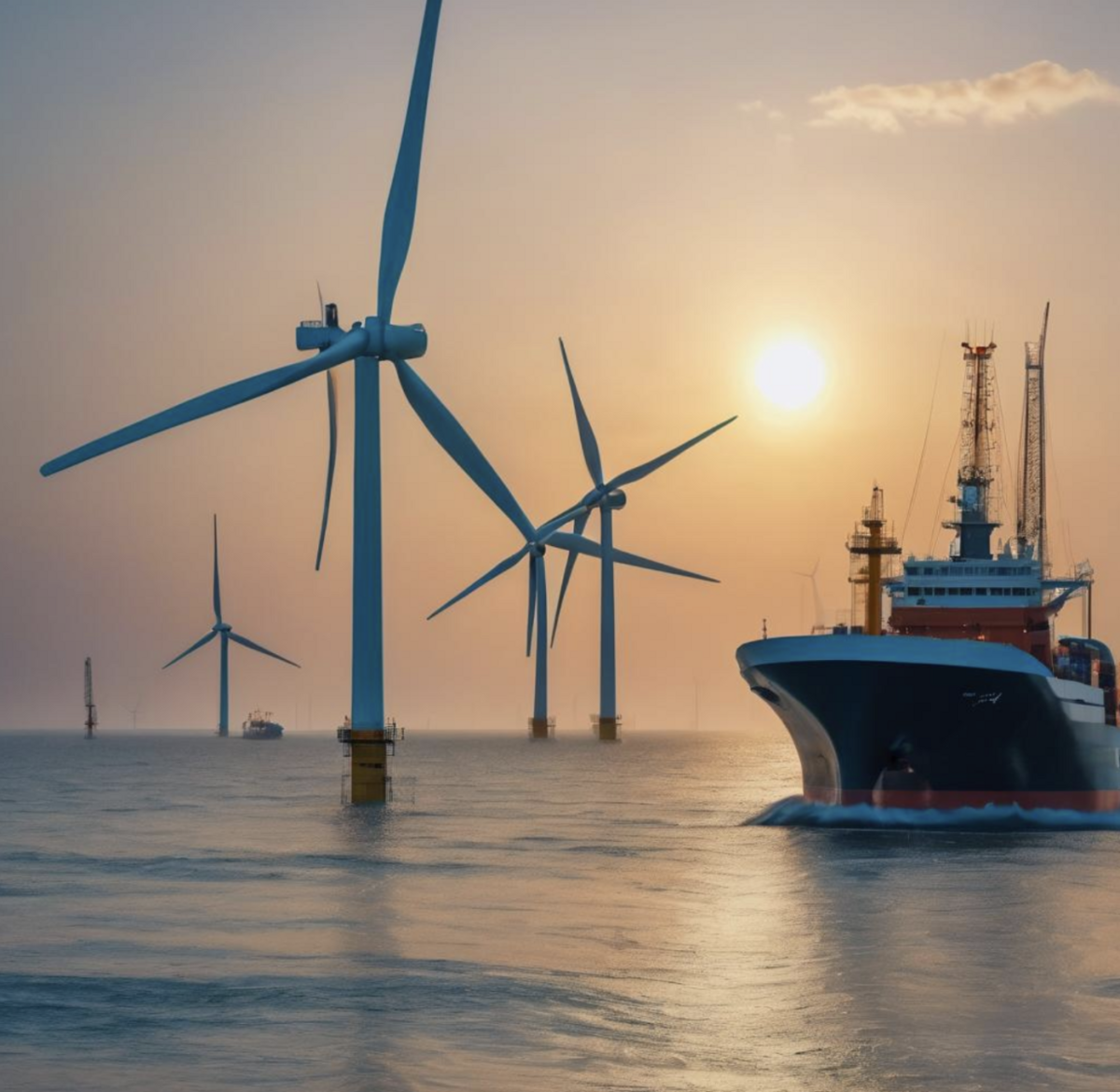Emerging technologies that showcase impressive advances, from breath sensors that detect disease to wirelessly charging low-powered devices, are driving customer growth and business expansion in 2018. Tech provider product leaders should recognize these transformative trends to foster both customer loyalty and company development.
Emerging technology and breakthrough innovations represent the next generation of technologies with great potential to fundamentally alter society. In this study, scientometric methods are utilized to map these new technologies as well as discuss innovation trends.
Advanced Solar Cells
Solar panel technology that powers our homes, businesses, and cars has reached dizzying heights of innovation. While increased efficiency may reduce greenhouse gas emissions and our dependence on finite fossil fuels.
Silicon-based solar cells have long dominated the industry, yet research into a mineral known as perovskite could transform energy utilization. Thanks to its unique crystal structure, perovskite allows capture of photon energies with greater range and pushes conversion efficiency further than ever.
Advanced solar cells can be assembled using two methods. Sheet-to-sheet solar cells use device layers deposited on rigid substrates; and roll-to-roll solar cells use layers laid onto flexible bases; with CdTe thin-film solar cells a popular option for residential use using this latter process.
These cutting-edge technologies are also being employed to power space missions, including satellites and the International Space Station. Current research seeks to make solar power even more cost-effective across a range of applications; specifically NREL scientists are undertaking extensive work on perovskite cell longevity by measuring material degradation over time and in real-world settings; this metric helps determine whether perovskite solar cells live up to their promise of providing economically sustainable energy sources.
Floating Wind Turbines
Wind power is one of the cornerstones of a sustainable energy transition, helping reduce greenhouse gas emissions and combating climate change. Unfortunately, its full potential cannot always be realized due to limited land available for turbine installations or shallow depth limits on monopile structures used as monopile structures.
Floating wind turbines offer an innovative solution to overcome these limitations, providing society with cost-efficient and environmentally-friendly renewable energy sources. By positioning turbines further offshore, floating wind turbines can harvest stronger winds to achieve higher energy yields compared with traditional offshore structures.
Also, their installation process is simpler and less cost-intensive compared to fixed offshore structures. Furthermore, these floating platforms minimize visual impact and noise disruption in coastal communities, making them more compatible with scenic landscapes and ecosystems.
Floating wind turbines enable access to deep-water sites otherwise inaccessible for turbine installations, opening up more of the ocean’s potential energy supply. When combined with hybrid solutions, floating wind turbines can help meet rising global energy demands sustainably. As these innovative structures continue to be designed and deployed they will revolutionize our energy landscape, tapping into abundant, clean and renewable sources for sustainable development; creating the path towards a global renewable economy and meeting key sustainability challenges head-on.
Ocean Thermal Energy Conversion
Ocean Thermal Energy Conversion (OTEC) is an emerging renewable power technology that harnesses the natural temperature gradient between warm surface seawater and cold deep ocean waters to generate electricity, revolutionizing energy use by providing a cost-effective, sustainable, and eco-friendly source of power. OTEC stands to revolutionize global energy markets.
OTEC power plants differ from conventional combustion steam power plants by not relying on fuel and, thus, are less exposed to price fluctuations and supply disruptions. Instead, OTECs use low boiling point fluids like ammonia to vaporize warm surface seawater which drives a turbine connected to an electrical generator for electricity production. Cold deep seawater then condenses back down into liquid form before the cycle repeats itself.
OTEC systems can be implemented either openly or closed-cycle depending on surface water temperatures and are particularly suitable for tropical and subtropical regions with constant-temperature deep seawater access. The power generated can then be utilized for various secondary uses including air conditioning and refrigeration, hurricane energy dissipation and disaster mitigation capabilities as well as renewable sustainable energy without greenhouse gas emissions – making OTEC an invaluable source of powering future floating cities or offshore data centers with reduced environmental impact.












